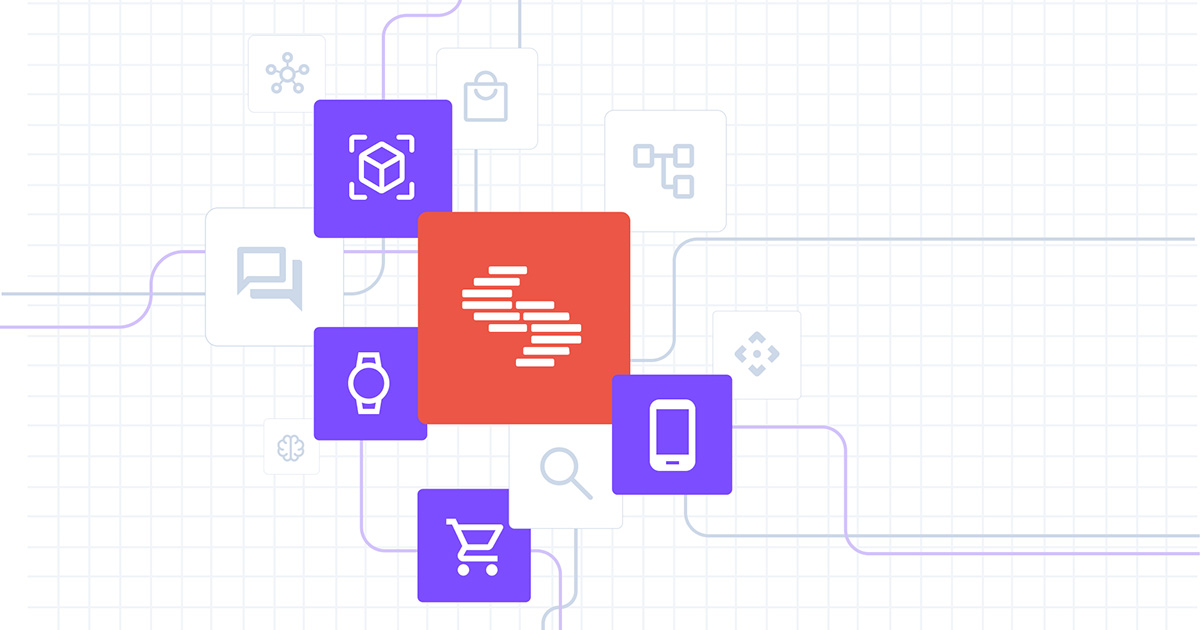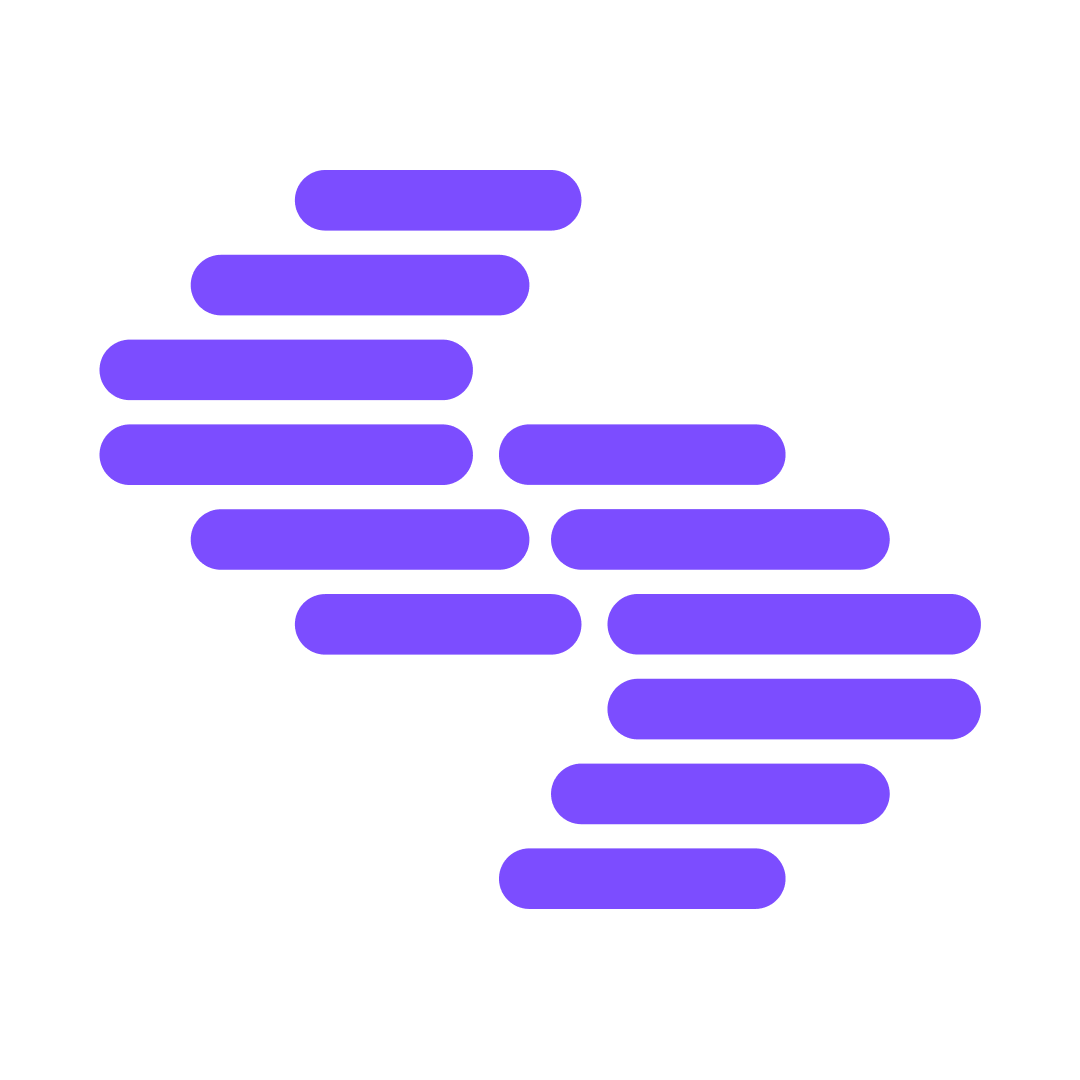Composable vs monolithic DXP: Which one fits business needs?

Businesses are trying to create better customer experiences, so composable digital experience platforms (DXPs) are becoming more popular. But what are they? How do they compare to monolithic platforms? And how do you choose the right one for your business? In this blog post, we will answer these questions and more.
What is a digital experience platform (DXP)?
A digital experience platform (DXP) serves as a digital framework for you to create and manage digital experiences through multiple touchpoints. The platform collects relevant insights from multiple channels, helping you understand customer behavior. You can use these insights to produce content that drives results. The framework integrates with e-commerce, customer data platform (CDP), customer relationship management (CRM) and digital asset management (DAM) to provide seamless and consistent experiences.
The DXP helps you develop and deploy content and measure the results of your efforts. Your organization can concentrate on meeting customer requirements and increase customer engagement through a DXP. Implementing DXP technology allows you to monitor customer behavior and create relevant content based on individual requirements. Your business can quickly adapt to any market changes. Whether building a sales site or managing a loyalty program, a DXP delivers the right experience at the right time.
Benefits of a DXP
- Centralized management of digital experiences
- Seamless integration across multiple channels
- Enhanced personalization for users
- Higher customer engagement and satisfaction
- Data-driven insights for decision-making
- Faster content creation and delivery
- Scalable and grows with your business
- Streamlined workflows for teams
- Flexibility to adapt to changing market needs
- Future-proofing your digital strategy
Start your free trial with Contentstack today. Transform your brand's digital presence with Contentstack's open MACH architecture and industry-leading technology. Witness a significant reduction in publishing and development time, and elevate your content management. Start your free trial now.
Composable architecture definition
Composable architecture is an approach to building and handling software development with flexible and reusable components. These reusable components are designed to complete a specific business task, enhancing your system's efficiency and making it more adaptable. With a composable architecture, your team works better together. For instance, with a composable CMS, your marketing team can update and publish content faster without depending on developers. You also free up your developers, who can build innovative systems or improve the customer experience rather than fix or update content.
The architecture uses application programming interfaces (APIs) to connect the front-end and back-end, allowing your marketing teams or content creators to use tools and workflows they are familiar with.
Benefits of composable architecture
- Simplifies software development
- Encourages collaboration between teams
- Speeds up content creation and updates
- Provides flexibility to use best-of-breed tools
- Enables faster deployment of new features
- Makes your system scalable and adaptable
- Reduces reliance on developers for routine tasks
- Enhances system performance monitoring
- Allows for quicker security updates and patches
What is a monolithic DXP?
A monolithic DXP solution is an all-in-one platform for managing content. The system enables you to store, manage and publish your content. The platform provides three main features, including content editing tools, user access control attributes and media asset management. These platforms are rigid and inflexible in meeting growing business requirements. They cannot scale with your business or allow you to use technologies of your choice. Monolithic DXPs require more time to adapt to various requirements than composable DXP platforms.
What is a composable DXP?
A composable digital experience platform creates and optimizes your digital customer journey and manages your content and campaigns using a single central platform. These DXPs eliminate dependency on monolithic systems since they integrate with tools and resources in your tech stack. Businesses benefit from this platform because it's faster to implement, scalable, user-friendly and offers personalization to create impactful customer journeys from discovery to post-sales. Modular components of DXP ensure faster adaption to customer and market requirements. They deliver personalized, meaningful experiences to your audience, no matter how or where customers engage with your brand. You can assemble different components to offer never-before digital experiences.
Unlike traditional, all-in-one platforms, a composable DXP shapes your workflows and systems. APIs and DXPs are your building blocks to deliver digital experiences at the speed your audience expects.
With composability, your marketing, content management, marketing automation, e-commerce, personalization and analytics team work together. Instead of treating these tools separately, they function as DXP partners. This unified approach makes it simpler to connect with your audience through a single, seamless access point.
Benefits of a composable DXP
- Flexibility and scalability to adapt to changing needs
- Integration of best-of-breed tools
- Enhanced personalization for customer experiences
- Reduced reliance on a single vendor
- Faster time-to-market for new features
- Better collaboration across departments
- Future-proofing your digital strategy
Case Study: How PVH transformed content management with Contentstack’s composable DXP
PVH, the global lifestyle company behind Calvin Klein and TOMMY HILFIGER, took content management in the EMEA region to the next level using Contentstack’s Composable DXP. The switch ensured no downtime, a streamlined code base and smoother content operations. PVH saw a 35% increase in content production, 60 localized websites in 29 languages and seamless CI/CD pipelines with zero disruption. Their content editors and developers love increased efficiency.
After using Contentstack’s composable DXP, Rocco Romano, Product Owner, Content Management at PVH, said:
“With the introduction of Contentstack, editors are able to be more efficient with their time while increasing output.”
Read the complete case study here.
Contentstack: Your partner in scaling digital experiences. Twice named a Leader in Forrester's composable DXP award, Contentstack offers an innovative approach to DXP. Experience our 100% microservices architecture and API coverage that allows instant scalability. Start your free trial today.
What to consider when comparing composable and monolithic DXPs
Can the platform integrate with the solutions your team currently uses?
Monolithic suites are large programs often made up of products obtained through acquisitions and then given a makeover in branding and user experience to fit into the overarching process. Such products lack the open-source code needed to integrate them seamlessly with other solutions, which can limit their utility as part of a more comprehensive DXP solution. This technique makes internal integration simple, but external integration can be difficult or even impossible.
The composable DXP improves external integration because it easily connects with existing best-of-breed solutions. You gain greater control over shaping your customers' digital experiences using a digital experiences platform. The ability to monitor each single component independently gives you an understanding of your performance and scalability when required. A composable DXP provides superior agility and flexibility than monolithic platforms because it enables better external integration and provides individual performance metrics.
How much time will it take to deploy the platform?
Deploying a new monolithic suite can require significant time and effort, sometimes months and demands constant monitoring for unexpected changes or challenges during setup.
Moreover, it's necessary to ensure that all employees acquire the required skills to work effectively in this new environment. Besides the technical implications of such large-scale transition projects, there are also social and psychological implications that business leaders should take into consideration. Companies must be aware that transition periods affect team dynamics and thus must create an atmosphere of collaboration that encourages employee engagement and satisfaction throughout the process.
On the other hand, a composable approach allows companies to start quickly, taking advantage of the existing knowledge their staff already has. This strategy eliminates the need for extensive training since they can be up and running with a condensed feature set using workflows they're already familiar with.
How will we keep the platform up-to-date?
Companies can easily keep their composable DXPs up-to-date as the various vendors focus solely on perfecting their solutions. Additionally, organizations can frequently enhance open-source products with improved personalization and updates that won't depend on the vendor.
For monolithic suites, a single vendor provides updates and new features; however, some of these “nice-to-have” additions may take an extended amount of time to be implemented to the platform — if at all. Even minor bugs can be left without resolution until suite-wide updates are rolled out. Companies should be aware that they may not always get timely fixes for any issues they encounter while using DXPs with a single-source provider.
How secure are these platforms?
A composable architecture enables quick deployment of security updates and patching solutions to separate reusable components without overhauling your entire system. However, the modular approach of composable architecture poses unique challenges. As your system has multiple interconnected systems, a security breach in one component could compromise the entire system. This creates an entry point for attackers, making your systems vulnerable.
Your systems need comprehensive security monitoring, automation, detection tools and prompt patching solutions to protect all your components and systems from attackers. You can even use role-based access control to limit access to sensitive components.
On the other hand, as monolithic platforms are tightly connected, it's much easier to secure and control the platforms. You can apply security protocols across the system. Monolithic solutions can be patched as a single software package. Because updates require changes to the entire system, implementing patches or upgrading can consume more time, leaving your systems vulnerable.
Composable vs monolithic DXP
Aspect | Composable DXP | Monolithic DXP |
Flexibility | Highly flexible; allows mixing and matching of best-of-breed tools and technologies | Limited flexibility due to the all-in-one nature of the platform |
Scalability | Easily scalable; individual components can adapt independently as the business grows | Scaling requires changes to the entire system, which can be time-consuming |
Security | Faster updates and isolated components reduce risks but require careful monitoring | Centralized control simplifies security, but a single security issue can compromise the entire system |
Maintenance | Higher maintenance effort; requires oversight of multiple components and integrations | Lower maintenance as everything is unified, but requires more effort for system-wide updates |
Speed of updates | Updates can be rolled out to specific parts without disrupting the whole system. | Slower as updates often need to be implemented across the entire platform. |
Personalization | Highly personalized to meet specific needs by choosing different tools or services | Limited personalization options as the platform is pre-designed and unified |
Implementation time | Can be longer due to the need to integrate and configure various components | Typically faster to implement since it’s an out-of-the-box solution |
Costs | May have higher initial costs due to licensing multiple tools, but offers long-term cost efficiency through adaptability | Often more cost-effective upfront but can become expensive when scaling or modernizing |
Use cases | Great for businesses that need a custom approach. This includes e-commerce platforms that want personalized experiences and flexible tools for customer engagement | Great for businesses that want an easy solution. It works well for small or medium-sized businesses that need quick setup and simple management |
Tools | Example includes Contentstack’s composable DXP | Examples include Adobe Experience Manager, Sitecore and SAP Commerce Cloud |
Conclusion
Composable DXPs provide agile capabilities and adaptable features when compared to traditional monolithic platforms. Such a composable framework achieves better scalability, delivers new services and offers superior customer satisfaction levels.
Shorter deployment time, easier updates and responsive security updates are benefits of a composable DXP. Companies with composable DXP must keep a close eye on system vulnerabilities even though their systems offer better flexibility than single-vendor platforms. Businesses can make a decision about the optimal solution when they balance the pros and cons of single-vendor versus multi-vendor digital experience delivery.
Learn more
Learn more about composable architecture in our guide, “The ultimate marketer’s guide to composable DXPs.”
Talk to us to see how Contentstack’s composable DXP can enable businesses to deliver the digital experiences your customers crave.
Last update: March 18
About Contentstack
The Contentstack team comprises highly skilled professionals specializing in product marketing, customer acquisition and retention, and digital marketing strategy. With extensive experience holding senior positions at renowned technology companies across Fortune 500, mid-size, and start-up sectors, our team offers impactful solutions based on diverse backgrounds and extensive industry knowledge.
Contentstack is on a mission to deliver the world’s best digital experiences through a fusion of cutting-edge content management, customer data, personalization, and AI technology. Iconic brands, such as AirFrance KLM, ASICS, Burberry, Mattel, Mitsubishi, and Walmart, depend on the platform to rise above the noise in today's crowded digital markets and gain their competitive edge.
In January 2025, Contentstack proudly secured its first-ever position as a Visionary in the 2025 Gartner® Magic Quadrant™ for Digital Experience Platforms (DXP). Further solidifying its prominent standing, Contentstack was recognized as a Leader in the Forrester Research, Inc. March 2025 report, “The Forrester Wave™: Content Management Systems (CMS), Q1 2025.” Contentstack was the only pure headless provider named as a Leader in the report, which evaluated 13 top CMS providers on 19 criteria for current offering and strategy.
Follow Contentstack on LinkedIn.





.svg?format=pjpg&auto=webp)
.svg?format=pjpg&auto=webp)
.png?format=pjpg&auto=webp)






.png?format=pjpg&auto=webp)


